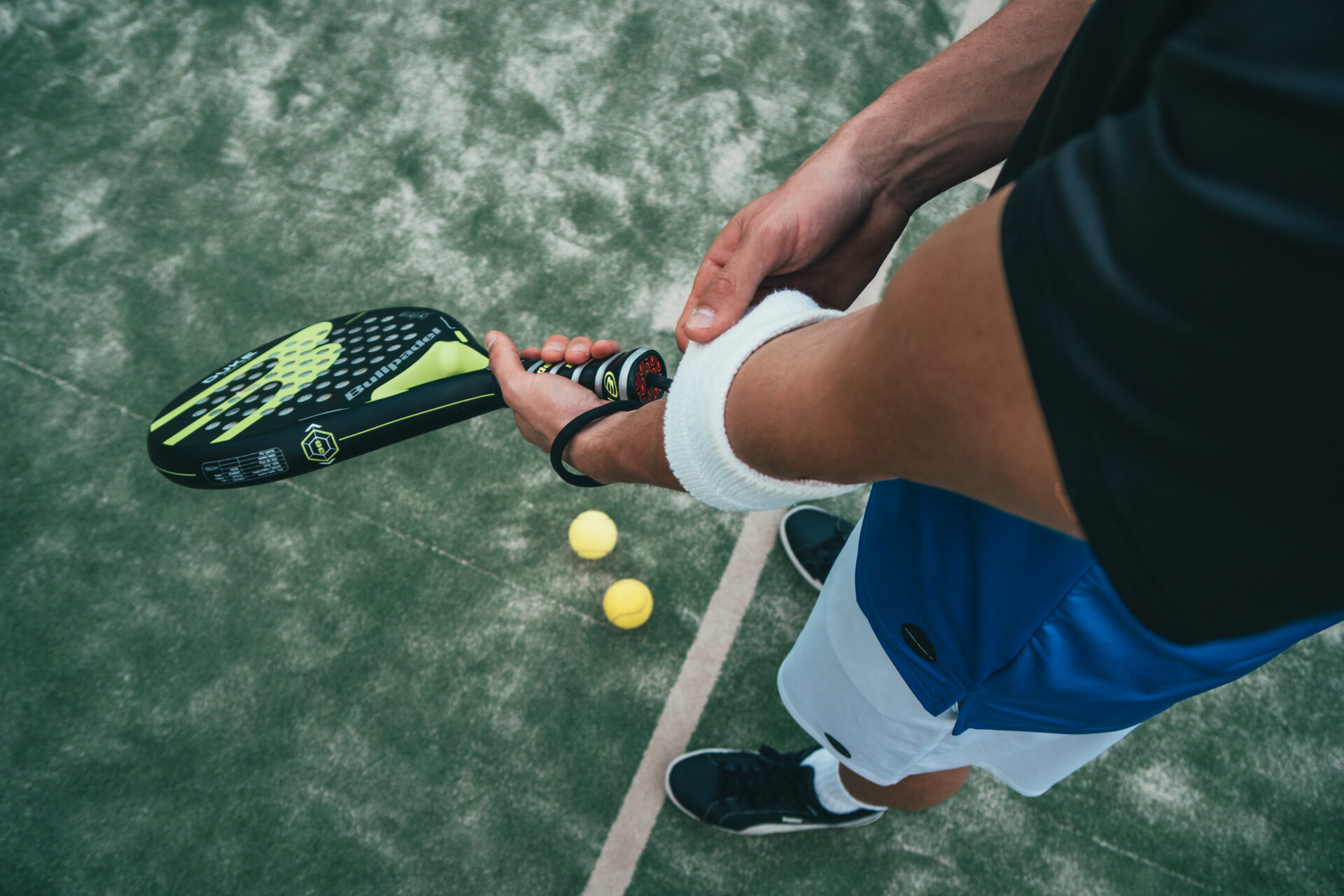Juggling Techniques: Balancing Multiple Balls
Juggling is an art form that has captivated audiences for centuries. It involves the skillful manipulation of multiple objects, usually balls, in an intricate and coordinated manner. Juggling is not just a form of entertainment; it has various benefits that extend beyond simply impressing spectators. One unique insight about juggling is that it requires a high level of focus and concentration. When a juggler is in the flow of their routine, they must maintain constant awareness of the position and trajectory of each ball in order to successfully catch and throw them. This intense mental engagement can improve cognitive abilities such as hand-eye coordination, spatial awareness, and reaction time.
Another remarkable aspect of juggling is its ability to enhance physical dexterity. The act of juggling involves precise hand movements and coordination, which can improve fine motor skills over time. Additionally, the repetitive nature of juggling can help strengthen muscles in the arms and wrists. To unlock the full potential of juggling, it is crucial to master various juggling techniques that allow for the balanced manipulation of multiple balls. These techniques include the cascade, the fountain, and the shower, each presenting its own unique challenges and rewards.
In the upcoming sections of this article, we will explore the key takeaways of juggling techniques. We will delve into the importance of practicing proper hand positioning and timing, as well as discuss the different juggling patterns and how they contribute to the overall performance. Furthermore, we will uncover useful tips and tricks that can help beginners improve their juggling skills and progress to more advanced levels. So, brace yourself as we embark on a journey through the mesmerizing world of juggling techniques and discover the secrets to mastering the art of balancing multiple balls.
Key Takeaways
1. Mastering juggling techniques requires practice, focus, and a systematic approach. It is crucial to start with one ball and gradually progress to multiple balls, learning each step thoroughly before moving on to the next.
2. The cascade pattern, commonly used by jugglers, involves throwing and catching the balls in a smooth and continuous motion. Understanding the proper rhythm and timing is key to maintaining the pattern and preventing dropped balls.
3. Juggling with two hands is a great foundation for developing advanced juggling skills. By learning to juggle with each hand individually, jugglers can eventually combine the movements to create more complex patterns.
4. Adding variety and complexity to juggling routines enhances performance and keeps audiences engaged. Practicing different throws, catches, and tricks can elevate the entertainment value while challenging the juggler’s coordination and dexterity.
5. Juggling can provide numerous cognitive and physical benefits. It improves hand-eye coordination, enhances concentration and focus, stimulates brain connectivity, and serves as a form of mindfulness practice. By persistently honing their juggling skills, individuals can reap these benefits and enjoy a rewarding experience beyond mere entertainment.
What are the Best Juggling Techniques for Balancing Multiple Balls?
Benefits of Juggling Multiple Balls
Juggling multiple balls is not only a mesmerizing performance art, but it also offers a wide range of benefits. It improves hand-eye coordination, concentration, reflexes, and physical dexterity. Additionally, juggling helps to exercise both sides of the brain, promoting mental agility and problem-solving skills.
Choosing the Right Balls
When it comes to juggling multiple balls, selecting the right equipment is crucial. The ideal juggling balls should be small and lightweight to allow for easy handling. They should also be soft enough to prevent accidental injuries and accidents. Silicone or beanbag juggling balls are popular choices among professional jugglers.
Beginner Juggling Techniques
If you are new to juggling multiple balls, it is important to start with the basics. Begin by practicing juggling with two balls, gradually progressing to three and then four. The key is to establish a steady rhythm and focus on maintaining an even height and pattern.
Three-Ball Cascade
The three-ball cascade is the fundamental juggling pattern for beginners. Start with two balls in your dominant hand and one ball in your non-dominant hand. Throw one ball from your dominant hand in an arc, aiming for the peak of its trajectory. As it descends, throw the second ball from your non-dominant hand in the same arc. Repeat this pattern, ensuring a consistent rhythm.
Juggling Four Balls
Once you have mastered the three-ball cascade, you can move on to juggling four balls. Start with two balls in each hand. Begin by throwing one ball from your dominant hand, and as it reaches its peak, throw a second ball from your non-dominant hand. Alternate the throwing sequence between your hands, maintaining a steady flow.
Advanced Juggling Techniques
After gaining proficiency in basic juggling, you may want to explore more challenging techniques. Some advanced juggling techniques for balancing multiple balls include the following:
Columns
Column juggling involves juggling multiple balls in vertical columns. Begin with two balls in each hand. Toss one ball from each hand vertically, ensuring they cross paths in the middle without colliding. Alternate the throwing sequence, maintaining a consistent rhythm of columns.
Multiplex Throws
Multiplex throws add complexity to juggling multiple balls by simultaneously throwing two or more balls from the same hand. This technique requires precise timing and coordination to maintain control. Experiment with various multiplex patterns to challenge yourself further.
Tips for Mastering Juggling Techniques
- Practice regularly to improve muscle memory and coordination.
- Start with a manageable number of balls and gradually increase the quantity as you progress.
- Focus on proper posture and relaxed arm movements to maintain control.
- Keep your eye on the highest point of the trajectory to ensure accurate throws.
- Experiment with different juggling patterns and rhythms to enhance your skills.
- Record and analyze your practice sessions to identify areas for improvement.
- Engage with other jugglers or join juggling clubs to learn new techniques and gain inspiration.
Frequently Asked Questions
1. How many balls should I start with when learning juggling techniques?
It is recommended to start with three balls when learning juggling techniques. Starting off with more balls can be overwhelming and make it harder to master the basic skills. Once you feel comfortable with three balls, you can gradually increase the number.
2. What are some common juggling patterns for balancing multiple balls?
There are various juggling patterns you can try when balancing multiple balls. Some popular patterns include the cascade, fountain, shower, and box patterns. Each pattern offers its own unique challenges and can help improve your coordination and timing.
3. How can I improve my hand-eye coordination for juggling?
To improve hand-eye coordination for juggling, it is essential to practice regularly. Start with simple throwing and catching exercises, focusing on accuracy and timing. You can also try using juggling balls with different colors to help train your eyes to track the balls’ movements.
4. What should I do if I keep dropping the balls while juggling?
Dropping the balls while juggling is normal, especially when starting. It’s important not to get discouraged and keep practicing. Break down the juggling pattern into smaller components and practice each one separately until you become more comfortable. Gradually increase the speed and complexity as you improve.
5. Are there any exercises to increase my hand dexterity for juggling?
Yes, there are exercises you can do to increase hand dexterity for juggling. One example is practicing finger stretches and grip exercises to strengthen your hand muscles. Additionally, using juggling balls of different sizes and weights can help improve your grip and finger coordination.
6. Is juggling techniques only for advanced performers?
No, juggling techniques are for everyone, regardless of skill level. While juggling may seem daunting at first, anyone can learn and improve with practice. Start with the basics and gradually build your skills. With determination and consistency, you can master juggling techniques.
7. What are the benefits of learning juggling techniques?
Learning juggling techniques offers several benefits. It enhances hand-eye coordination, reflexes, and concentration. Juggling can also be a great way to relieve stress and improve your mood. Additionally, it provides a fun and entertaining skill that can impress friends and audiences.
8. Can I juggle different objects besides balls?
Yes, you can juggle various objects besides balls. Many jugglers experiment with juggling clubs, rings, scarves, or even unusual items like fruits. The fundamental juggling techniques apply, but each object adds its own challenges and uniqueness to the performance.
9. Where can I find tutorials or resources to learn juggling techniques?
You can find tutorials and resources for learning juggling techniques both online and offline. Online platforms like YouTube offer a wide range of juggling tutorial videos for beginners and advanced jugglers. Additionally, you can join juggling clubs or attend juggling workshops in your local community.
10. Are there any safety considerations for juggling multiple balls?
While juggling multiple balls is generally safe, there are a few safety considerations to keep in mind. Make sure you have sufficient space, avoiding obstacles or breakable objects. It is advisable to juggle in an open area away from distractions. Additionally, start with lightweight juggling balls to prevent injury in case of accidental drops.
Final Thoughts on Juggling Techniques: Balancing Multiple Balls
Juggling techniques provide not only an impressive performance but also countless benefits for individuals of all ages. It is a skill that challenges both the mind and body, improving coordination, concentration, and reflexes. Although it may take time and practice to master, the satisfaction of successfully juggling multiple balls is incomparable.
As you embark on your juggling journey, remember that perseverance and patience are key. Start with the basics, gradually progressing to more complex patterns. Don’t be afraid of dropping the balls, as mistakes are part of the learning process. With dedication and a positive mindset, you’ll witness your juggling skills soar to new heights. So grab a set of juggling balls, embrace the challenge, and let the juggling magic begin!




